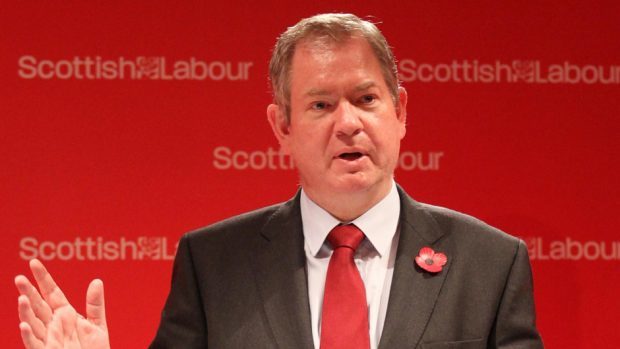An expert report has argued against nationalising ScotRail – despite being deeply critical of journey times in Scotland.
According to new research, it is almost twice as quick to travel from London to Birmingham as Edinburgh to Aberdeen – despite the cities being the same distance apart.
Reform Scotland also highlights journey times between London and Liverpool, which is still faster than journeys between the Granite City and the Scottish capital, despite being 100 miles further apart.
The Track to the Future report comes amid growing criticism of the ScotRail service – but Reform Scotland argue Network Rail, who manage the network, also share a burden of responsibility.
A possible nationalisation of the ScotRail service has been mooted as a potential solution to the chaos currently facing commuters – but the authors of the report argue such a move “won’t suddenly make the trains run on time”.
Former Labour MP Tom Harris, who co-authored the report, said: “The current debate over whether or not to nationalise Scotrail misses the point.
“54% of delays are the fault of Network Rail. Nationalising Scotrail won’t make the trains run on time and it is self-defeating for any politician to imply otherwise.
“Instead, we need fundamental change to the governance of Network Rail.”
Mr Harris said that while the Scottish Government “is responsible for the strategic direction and funding” of the Scottish rail network, “responsibility cannot be properly exercised while Network Rail remains answerable to the UK Government” – and should therefore be devolved.
Scottish Conservative chief whip John Lamont welcomed the findings.
He said: “(Transport Minister) Humza Yousaf probably thought a hurried announcement about accelerated funds and the prospect of nationalisation was what commuters wanted to hear.
“But train users across Scotland have been badly short-changed by the SNP, and won’t be convinced until services on the ground physically improve.”
A ScotRail Alliance spokeswoman said: “We are going through the biggest change and improvement in our railway infrastructure since the Victorian era. All of this will take time but when it is all in place, we will have transformed rail travel in Scotland.”
The Scottish Government said it is “of the view” that “functions such as capacity planning, major projects delivery, legal and property management pertaining to Scotland could and should be devolved”.
But a UK Government spokeswoman dismissed any suggestion of devolving Network Rail.
She said: “We are committed to working closely with the Scottish Government to provide a better railway for passengers.
“However, there are no plans to go beyond the cross-party Smith Commission agreement in respect of Network Rail.”
A Network Rail spokesman said: “We work closely with the Scottish and UK governments to continually enhance and improve our railways.”










